Tetany is characterized by cramping, tightening, tingling, paralyzing, or numbing sensations of the hands and/or feet (others call it breathwork lobster hands). It is a very common occurrence during Breathwork, and if it happens to you the first thing you need to know is that there is NOTHING TO FEAR. The second thing you need to know is that it is temporary and it will go away on its own once you return to a normal breathing pattern. The last thing you need to know is that there is usually a treasure that lies within it.
This article will help you discover what that treasure might be. It will also shed light on the physical and psycho-spiritual causes of tetany and will provide you with practical tools for managing tetany if ever the sensations become too strong.
The Physiological Explanation of Tetany

The Psycho-Spiritual Tetany Meaning

“What is it time for me to let go of?”
What to Do If The Breathwork Sensations Becomes Too Much:

- Make sure the exhale is not forced
- Try starting the breathwork sitting up and breathing and circling your body in a forward and back motion in tune with the exhale and inhale – Monika Reimann,https://fullspectrumbreathing.com/
- Try a slower and gentler breathing pattern and concentrate more on breath awareness – Rita Luna, https://www.yourbreathtree.com/
- Include gentle movement of the hands and feet, especially when you first feel it coming on
- Remember that you are safe and it is temporary
- Inquire into the physical sensation, locate exactly where it is in the body and ascribe how it feels e.g. sharp, hot, tense, dull etc. – Monika Reimann
- Practice not resisting the tetany and accept that it might happen. Try to surrender, let go of the fear and breathe/relax into the sensation. Trust yourself to breathe through it – Jules Kandah Carpenter, www.yourbreathyourhealing.com
- Try dancing between your edge – when it becomes too much back-off and return to a normal breath or a gentler breath. Use the time to inquire and regain your determination and then go back into the full conscious connected breathing pattern when you feel ready
- Remember – Breathwork tingling is completely normal
- Breathe into your hands or any type of material for a rapid reduction of the sensation
- Reframe it – instead of seeing it as something to avoid, see it as a gift; a message from your body that is waiting to be decoded and received, and an opportunity for personal transformation
Considerations
Whether you’re a beginner breather or you’ve been practicing for years, there is always more to be discovered, worked through, and released. If you’re ready to take a quantum leap on your life path and to transform constrictive emotions and behaviors into something expansive, beautiful, and graceful then give yourself the gift of our Quantum Shift: Fear to Fierce Grace – 3 Day Mini-Course. To learn more:http://alchemyofbreath.com/product/quantum-shift-fear-to-fierce-grace/
References
1 – https://www.ncbi.nlm.nih.gov/books/NBK482456/
2 – https://www.ncbi.nlm.nih.gov/pmc/articles/PMC4173627/





